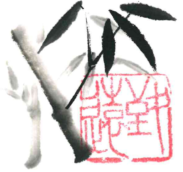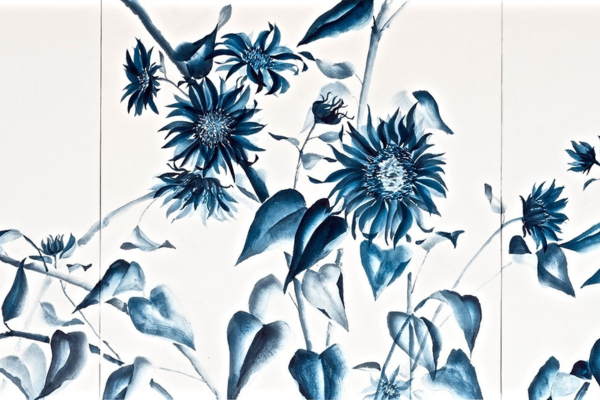Art, in its various manifestations, has a transformative quality. It has the power to cross borders, break cultural barriers, and unify people through a universal language of shapes, colors, and emotions. Today, we venture into two notable and distinct styles of art, Japanese painting and Western painting, exploring the differences and similarities that make these styles so intriguing and appealing.
The Essence of Japanese Painting
Sumi-e: Monochromatic Essence
Japanese painting has a long and rich history, with techniques and styles that have developed and evolved over centuries. One of the most recognized and distinctive styles is Sumi-e, which translates literally as “ink painting”. This technique employs black ink in various degrees of concentration to produce a range of tones within a single work. Although it may seem simple, each brushstroke reflects deep concentration and skill, demonstrating the Japanese philosophy of beauty found in simplicity.
Nihonga: A Bridge between Traditional and Modern
On the other hand, Nihonga is another prominent style that serves as a bridge between the traditional and modern in Japanese painting. Nihonga artists employ natural pigments and detailed painting techniques to create works that are both deeply rooted in Japanese traditions and vibrant with a modern, contemporary sense. Despite their respect for traditional techniques, Nihonga artists have not hesitated to experiment with new ideas and concepts, demonstrating the dynamism and vitality of Japanese painting.
Japanese Painting and its Focus on Simplicity
What stands out in Japanese painting is its focus on simplicity and economy of stroke. Instead of saturating the canvas with details and colors, Japanese artists often strive to capture the essence of their subject in a limited number of brushstrokes. This philosophy, known as “wabi-sabi”, values imperfection, simplicity, and the fleeting beauty of nature. In this sense, each Japanese artwork is a reflection of the artist’s philosophy and worldview.
Characteristics of Western Painting
Realism and Detail
Western painting, on the other hand, is characterized by its focus on realism and detail. From the Renaissance to the 19th century, Western artists have sought to portray the world with meticulous accuracy, paying special attention to proportions, perspective, and the faithful representation of details. This approach is reflected in masterpieces of Western art, from Leonardo da Vinci’s detailed paintings to Caravaggio’s dramatic compositions.
Use of Color
The use of color in Western painting also differs from that of Japanese painting. While Western artists have also used limited palettes in certain periods, they generally employ a wide range of colors, creating visually vibrant and appealing works. This focus on color can be seen in the art of Impressionism and Post-Impressionism, where artists experimented with bright colors and painting techniques to capture light and atmosphere.
Similarities between Japanese and Western Painting
Expression of Emotions and Feelings
Despite the differences in terms of techniques and philosophy, Japanese painting and Western painting share a fundamental feature: both seek to express emotions and feelings. Whether through the delicate simplicity of Sumi-e or the detailed beauty of a Renaissance work, artists in both styles strive to connect with viewers on an emotional level. Both styles of painting are testaments to the power of art to communicate profound human experiences.
Evolution and Adaptation
Additionally, both styles have proven to be dynamic and capable of evolving over time. Japanese painting has incorporated Western influences, as seen in Nihonga, while Western art has absorbed elements of Asian styles in various currents, like Japonism in French Impressionism. These cultural exchanges have enriched both painting styles, resulting in art that is both diverse and unified.
In conclusion, Japanese and Western painting, although different in many ways, reflect diversity and unity in the art world. Both styles have their own unique charm and beauty, and together they represent the richness and depth of human art. By exploring and appreciating these two forms of art, we can learn to see the world from different perspectives and to appreciate beauty in its multiple forms.
In every brushstroke, every tone, and every technique used in Japanese or Western painting, we immerse ourselves in a universe of perceptions, sensations, and reflections that connect us with the very essence of art: human expression in its purest and most authentic state. At the end of the day, both Japanese and Western painting speak to us about the universality of our human experiences and our capacity to express them through art.


